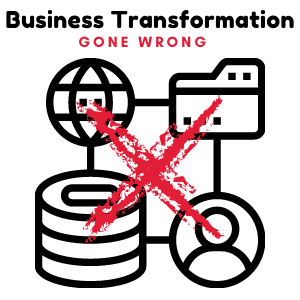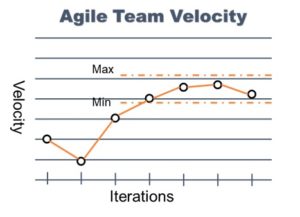In today’s business world, organizations continually seek ways to stay ahead of the competition through building efficiencies (to reduce costs and overheads), enticing existing customer base (to stabilize revenue), and/or growing customer base (to increase revenue). However, not every organization takes on a ‘transformative’ initiative to achieve these goals. Some organizations find themselves on a






